I make paper model kits and assembled models of world famous architectural landmarks – from temples to skyscrapers to bridges to monuments.
I used to make a lot of scale models while studying architecture, and it was an enjoyable part of my schooling. But PaperLandmarks and architectural models are not the same, even though both feature architecture in miniature.
Architectural models can be made from any available material, most often paper, cardboard, foam board or corrugated board. The main difference is that architectural scale models are made for a presentation, usually in just one copy, so there is no focusing on replicating the process of assembling the model.
Making a kit which will be assembled by people of various backgrounds constantly reminds me to make this experience technically smooth, but still very exciting.
I prefer designing paper models as close to the original as possible but still leaving room for imagination. Trying to strike that perfect balance between scale and level of detail, the quality of paper, and the ease of assembly, I look at each model as a unique piece of design rather than just a miniature replica.
The first landmark I chose was the Eiffel Tower, naturally. No doubt, it is the most recognizable landmark on Earth. It was a very tricky one to model with a lot of intricate cutouts and details. The challenge was to make a reproducible design which could be mass-produced on a die-cut machine. There are certain limitations to how small the details could be when making the die-cut forms, and at first glance it seemed that it may not be technically possible. To make all the cutouts needed for this remarkable design, I ultimately found a perfect solution – instead of making tiny cutouts in a single layer, I made a design with overlapping layers of paper. Each layer would have larger cutouts, but when put together, they formed a delicate pattern, as well as strengthened the structure by using both layers of paper.
And now, a little about my working process: First, I gather all the available materials for research – architectural drawings, such as plans, sections, elevations, photos, 3D models, etc. Then I redraw the plans and elevations in CAD software, and start to make a paper model, creating the layout of the parts, taking into account the thickness of the planned structure and adding gluing tabs. Sometimes the first prototype is just a basic mock-up of the volume to determine the correct scale of the model.
Scale is one of the most important things to establish precisely early in the process, as it will determine several other things – layout, production costs, level of detailing and what kind of paper should be used. If two structures are in the same scale, they can be fairly compared, like my Brooklyn Bridge and Empire State Building. Both are in 1/1000 scale.
When scale is established, I can design all the details, which will allow me to determine the smallest detail which is technically possibly to die-cut. Again, several prototypes are made to assure that every detail is in place, and then I make a nice layout of the production sheet. When the model is ready and confirmed with my manufacturer, I still need to make set-up instructions, product images, packaging and website placements before the new model can be launched.
Since I create my designs on the computer, that is the hub of operations in my workspace. But I also have a table covered with a cutting mat for testing details, gluing prototypes and just hand drawing and writing. Still, I always find a place for my coffee mug.
If it’s not a commissioned work, I usually choose between what landmark I feel personally connected to or what might be highly popular.
Obviously, some landmarks look better than others when modeled in paper. What might seem a landmark to the general public consensus and what the model depicts could be two different things entirely. When you look at the spires of skyscrapers from the street level, you have only that beautiful recognizable image in your mind. But when reproducing this architecture in scale, I need to include all the volume of the building, which makes “a surprise” difference from that iconic image you had in your head.
The Empire State Building or Villa Savoye look good from any vantage point, but there are buildings & landmarks that only look awesome from that one iconic point of view.
To me, recreating the shape of the building in paper helps to better understand architecture itself. I hope you’ll feel the same way.
Cheers,
Imants Caklais
PaperLandmarks,
Designer & Owner
More info: paperlandmarks.etsy.com
Villa Savoye
Japanese Torii Gate
White Windmill
Petra Treasury (aka Indiana Jones temple)
Sydney Harbour Bridge
141views
Share on Facebook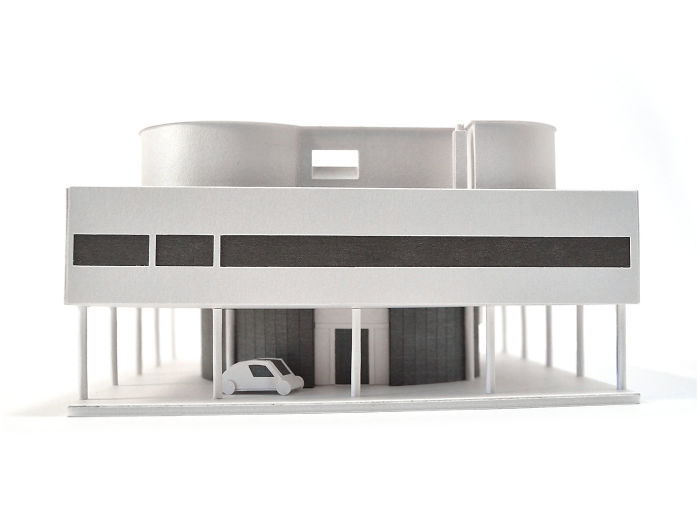
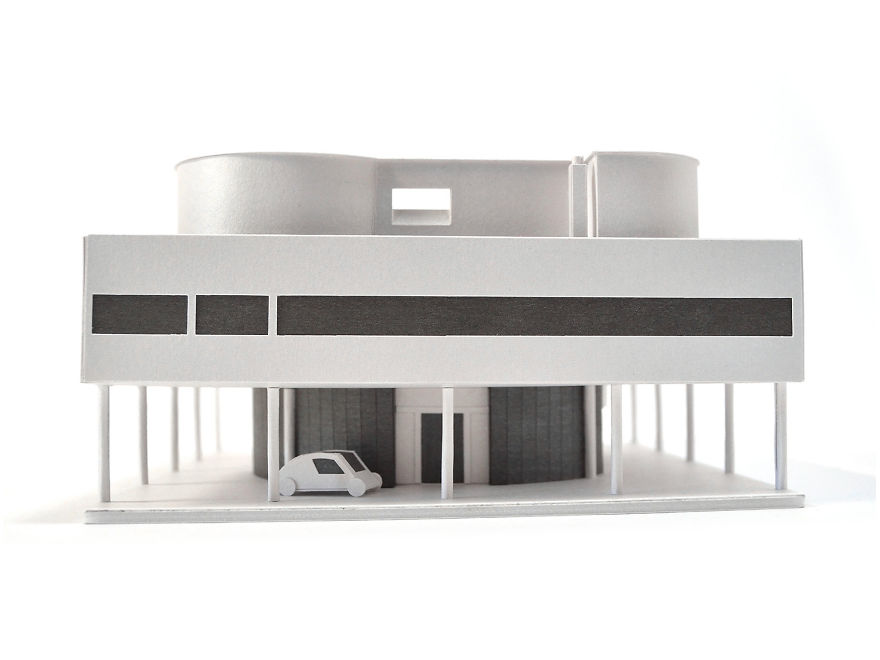
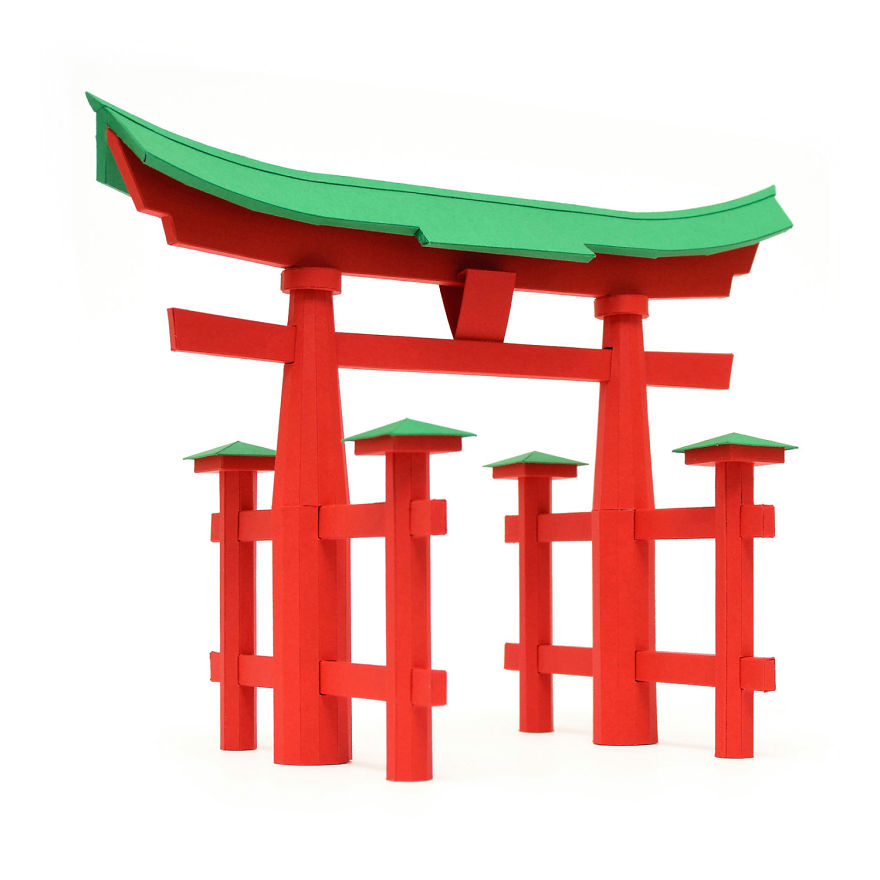
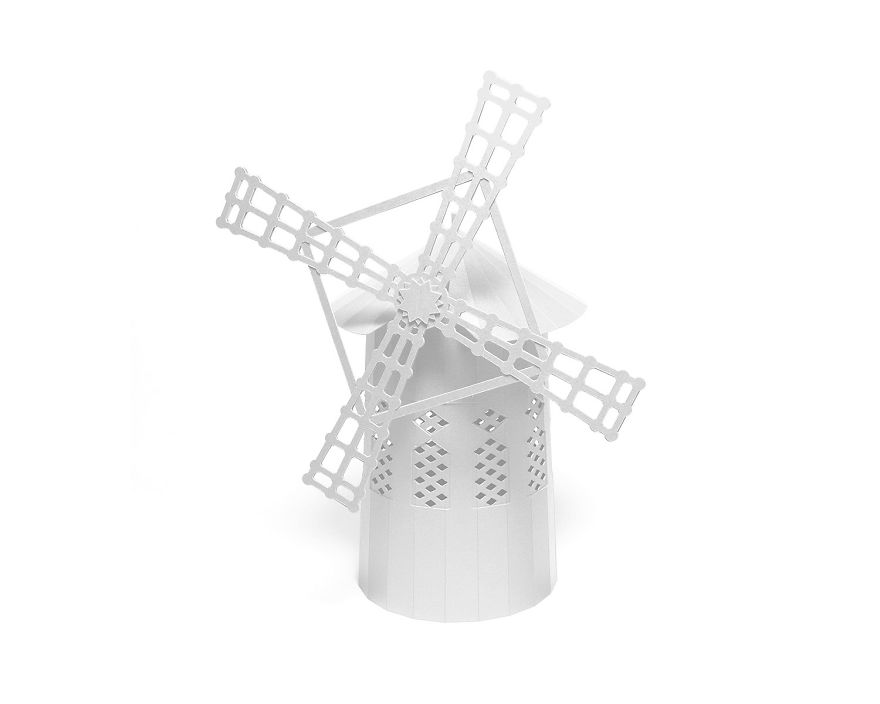
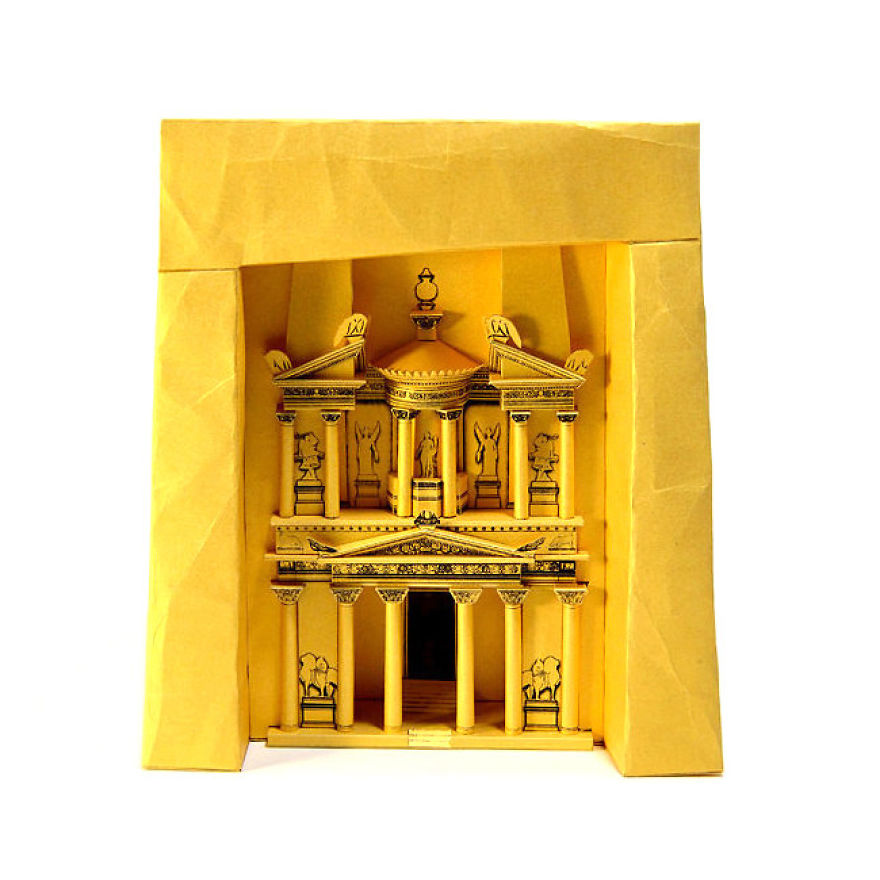
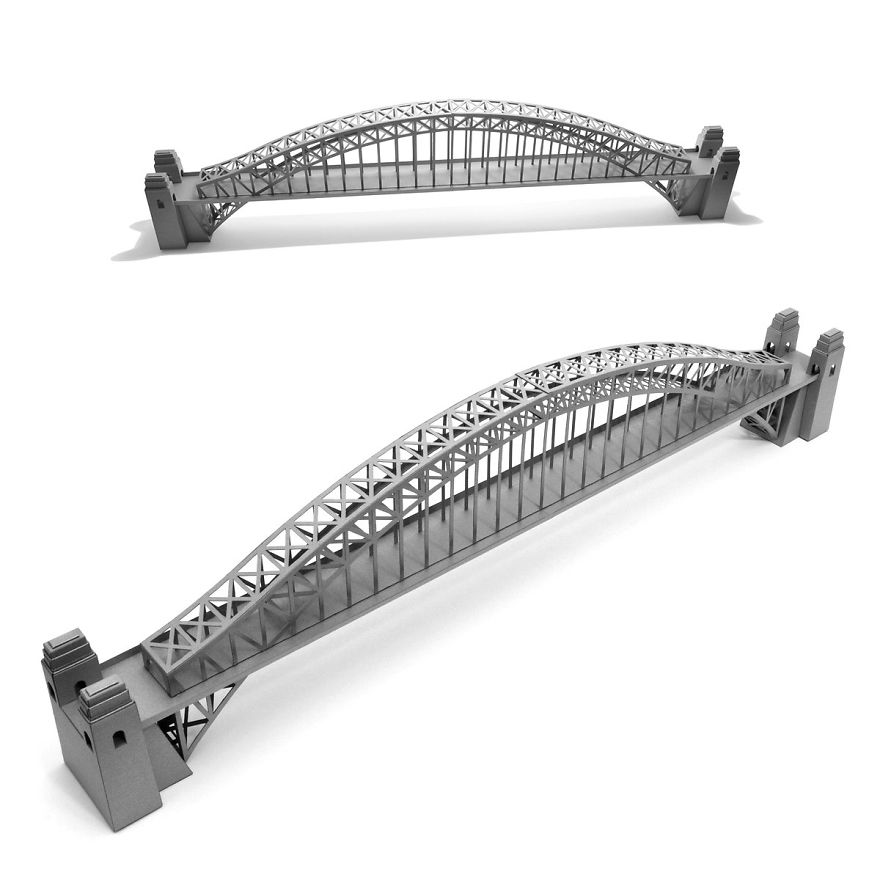


3
0